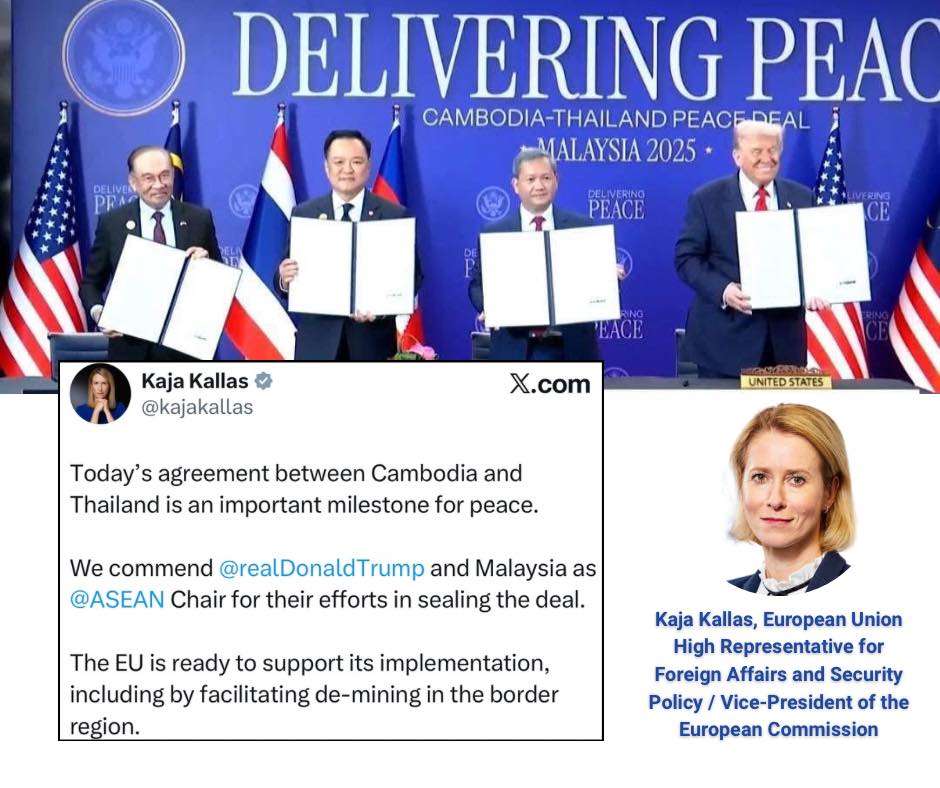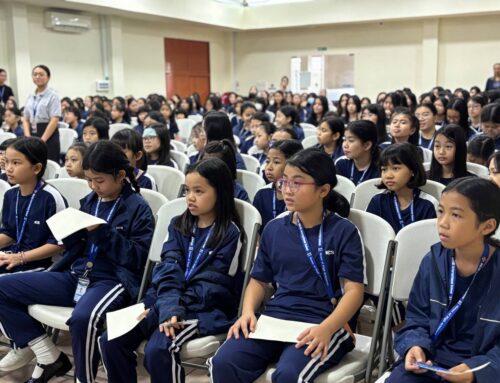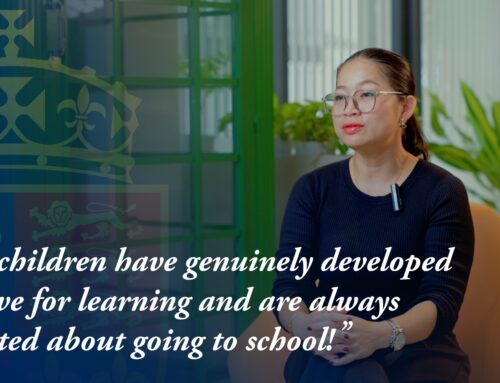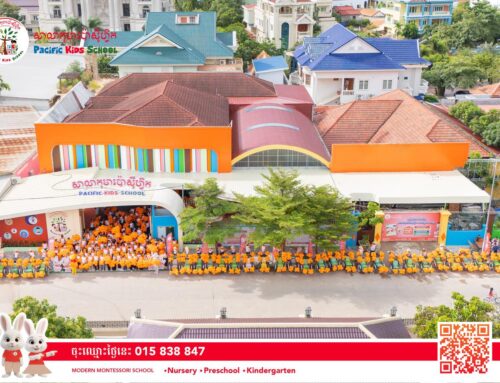The recently shared image highlighting the Cambodia–Thailand peace agreement underscores a powerful moment for Southeast Asia. Set against the backdrop of international cooperation, the Facebook post from the European Union in Cambodia features Kaja Kallas, the EU High Representative and Vice-President of the European Commission, expressing strong support for the deal’s implementation. This agreement represents not only a diplomatic success, but also a meaningful step toward sustainable peace, border collaboration, and safer communities.
Why the Cambodia–Thailand Peace Agreement Matters
For decades, Cambodia and Thailand have experienced friction around border activity, environmental protection challenges, and cross-border migration pressures. The Cambodia Thailand peace agreement addresses key security concerns and aims to reduce the risk of future conflict. According to the post, the EU recognizes this event as an “important milestone for peace,” signaling how deeply the international community values regional stability.
In addition, Malaysia—mentioned as the ASEAN Chair—along with former U.S. President Donald Trump, are acknowledged in the statement for contributing to the negotiation process. Such cross-national acknowledgment demonstrates how diplomacy is rarely isolated; it thrives through collaboration.
EU Support for Peace and De-mining Efforts
A critical feature of the agreement is the mention of de-mining support along the border. Decades after conflict, landmines remain a safety hazard affecting agriculture, tourism expansion, and community mobility. The European Union’s readiness to support implementation—particularly through humanitarian de-mining—could save lives and transform border communities.
Cambodia has made significant progress in landmine removal in recent years, and global partnerships have accelerated the process. By integrating EU support and policy guidance, both countries can look forward to safer shared zones, increasing social and economic exchange.
The Role of International Schools and Education Awareness
While the Facebook post is not issued by a school, it is shared by the European Union in Cambodia, an institution that regularly engages with educational initiatives, scholarships, and youth development programs. For parents and educators, such diplomatic achievements are important teaching opportunities. Schools across Cambodia can use this agreement as a real-world example when teaching:
-
Regional politics
-
Conflict resolution
-
ASEAN cooperation
-
Humanitarian responsibilities
Educators can build discussions around how peaceful relations improve trade, mobility, and cultural exchange—benefits that ultimately shape future generations.
Strengthening Regional Identity Through Peace
The Cambodia Thailand peace agreement reinforces ASEAN’s core purpose: solidarity. When neighboring countries demonstrate mutual respect, students, parents, and teachers experience wider opportunities—study exchanges, cross-border collaboration, and cultural learning all flourish under peaceful conditions.
For Cambodia, especially, the removal of landmines improves community safety, encourages rural development, and strengthens national identity. It reduces fear and increases confidence in border-based economic activity.
Looking Ahead
Diplomacy is not an overnight achievement. Implementation demands commitment, transparency, and community involvement. With the EU’s continued support, both nations are better positioned to:
-
Enhance border safety
-
Promote economic growth
-
Foster cultural exchange
-
Sustain peaceful relations
The progress shown in the image is more than a symbolic handshake—it is the start of a safer and more connected future for Southeast Asia.








Leave A Comment